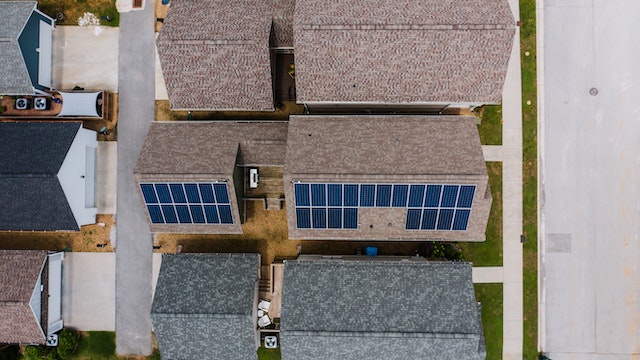
Installing solar panels requires a monetary investment. According to the Solar Energy Industries Association (SEIA), residential solar panel installations cost an average of $20,000. While there are a variety of costs associated with solar panel installations, though, most of them fall under the category of hard or soft costs. What are hard and soft solar costs exactly, and how do they differ?
What Are Hard Costs?
Hard costs involve all hardware-related expenses. Any tangible product or item that you need to purchase to get a solar panel installation up and running is classified as a hard cost.
All solar panel installations require photovoltaic (PV) cells, which are the solar panels themselves. There are polycrystalline, monocrystalline and thin film PV cells. Thin-film PV cells are the cheapest, but they are also the least efficient. In addition to PV cells, you may have to purchase PV wire, mounting kits, fasteners, an inverter and a battery. These are classified as hard costs because they involve tangible products or items.
What Are Soft Costs?
Soft costs involve all other non-hardware expenses. Many homeowners purchase professional installation services, for instance. You can either install solar panels yourself, or you can hire a professional solar provider to install them. A professional installation service is a soft cost. You’ll have to pay the provider to install the solar panels on your roof (or the ground).
Depending on where you live, you may need to purchase a permit. Many cities and municipalities throughout the United States require homeowners to obtain a permit before installing solar panels. Permits are typically available for $100 to $1,000. Like professional installation services, solar permits such as these are classified as soft costs.
Differences Between Hard and Soft Costs
You may incur a variety of costs when installing solar panels. Hard costs consist of hardware, whereas soft costs consist of permits, services and other non-hardware expenses.
While solar panel installations aren’t free, you should view them as an investment. You may have to spend up to $20,000 on the hard and soft costs, but it could provide a greater return on investment (ROI) in the long run. It will reduce your dependence on utility power. Rather than paying a utility company for all of your home’s electricity, you can generate your own electricity with solar panels.
There’s also a federal tax credit for new solar panel installations. Known as the Solar Investment Tax Credit (ITC), it’s good for up to 30% of the total cost of a new solar panel installation.

